Big personalities and bitter rivalries: This is what cycling’s ‘Drive to Survive’ needs to inspire new cycling fans
The company that made Netflix's hit Formula 1 show ‘Drive to Survive’ are currently filming at the Tour de France - what’s on our wish list from the series?
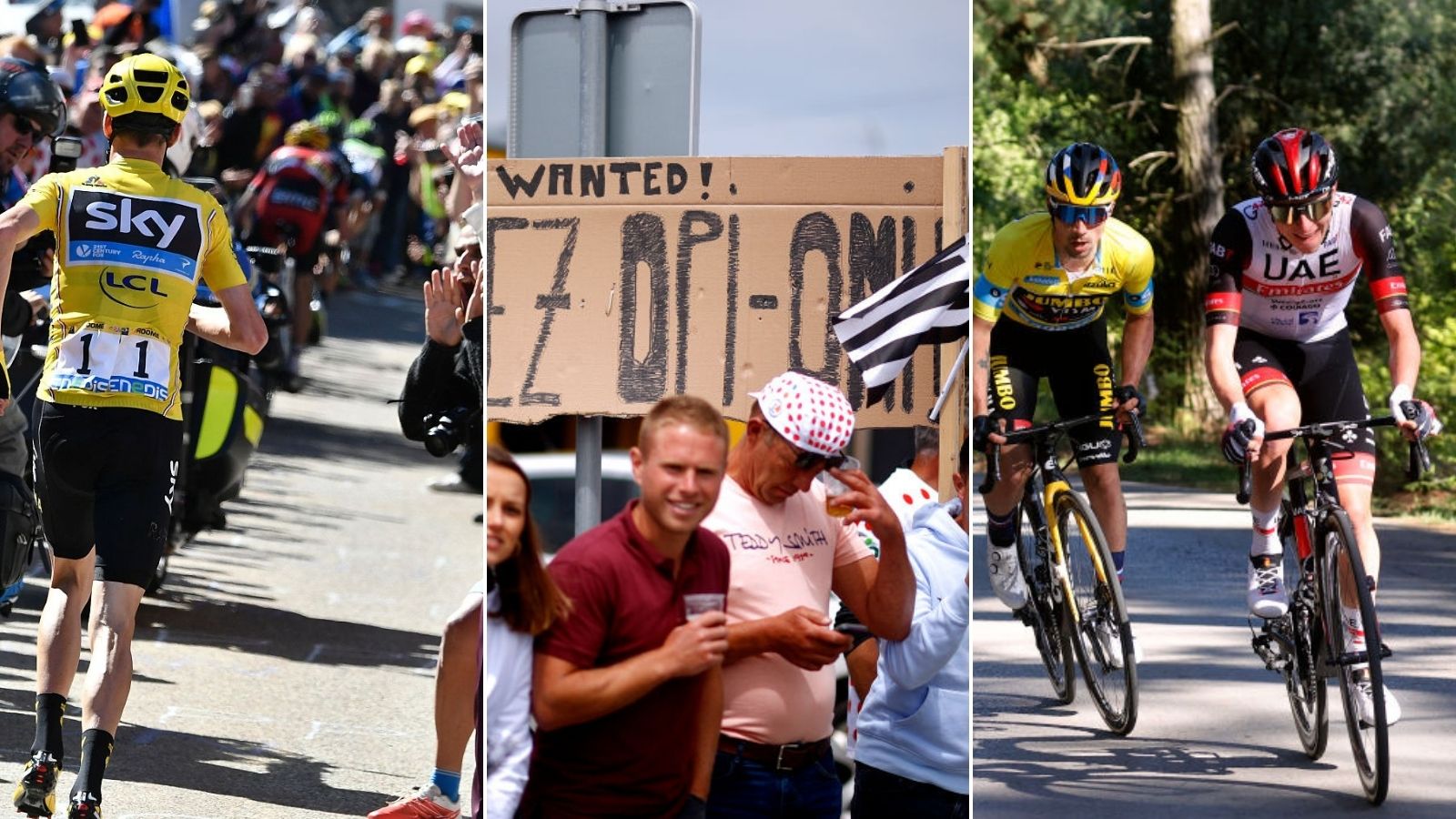
“Not the cycling again” was a common complaint in my house through the early weeks of May. When my housemates did relent and join in my watching of the Giro d'Italia, their bafflement was evident in the avalanche of questions: “why are they riding in a big group”, “why don’t they just work together”, “what do all the colours mean” and the most popular of all, “what do they do when they need the loo?”
And to be fair, cycling doesn’t really make sense to the untrained eye.
However, it didn’t take a lot of work to turn confusion into interest. By the end of the race, some of them were actually looking forward to the stage. I even caught one of them watching it at lunch - without me. It took me three weeks, but through a mixture of tactics, my armchair commentary had managed to convert them.
Box to Box Films - the production company currently filming at the 2022 Tour de France, hopes to have a similar effect, on a much larger scale. Dubbed as cycling’s ‘Drive to Survive’, the makers hope to recreate the success of the Netflix series which birthed a new generation of Formula 1 fans. The problem is, Box to Box only have six hours to do what I did over three weeks of compulsory viewing.
So what does the series need to feature to win over new fans?
Personalising the riders
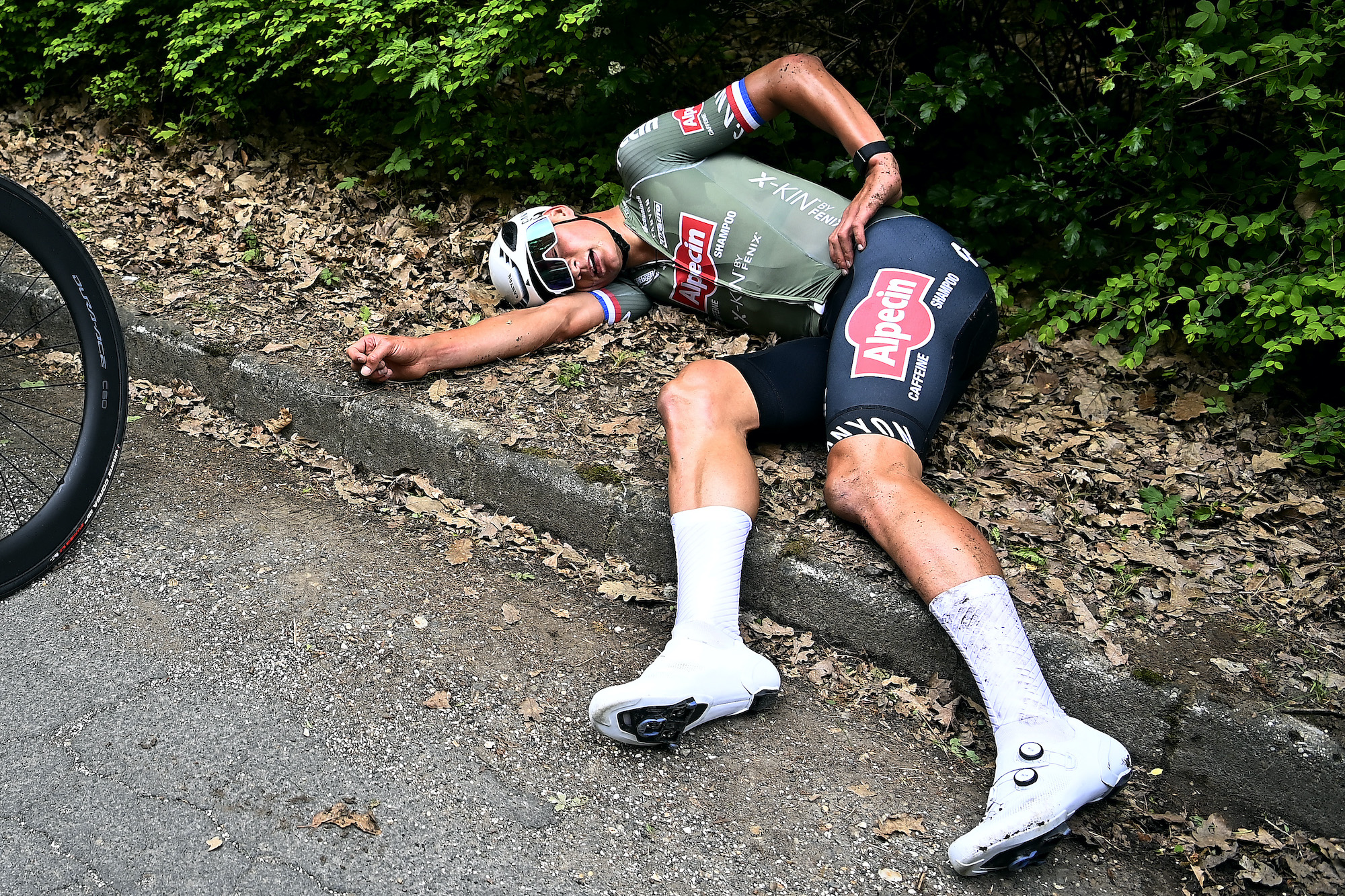
Elation and exhaustion like that of Van der Poel after his Giro victory would interest fans
A large part of Drive to Survive’s winning formula came from personalising the drivers. For an audience used to seeing a tiny helmet whiz around a track behind a halo, going behind the scenes offered people the chance to get to know the drivers, their personalities, what they get up to in their spare time.
The easy-going, good-looking Aussie driver Daniel Ricciardo won over many fans, including my own mum. Cycling’s version must do the same - but who to showcase?
Get The Leadout Newsletter
The latest race content, interviews, features, reviews and expert buying guides, direct to your inbox!
Alpecin Fenix’s Mathieu van der Poel would be my pick. Van der Poel is already one of cycling’s superstars, and he wears his heart on his sleeve. Fabio Jakobsen, racing his maiden tour after recovering from life-threatening injuries, would also be fascinating.
Connecting with the driver - or in this case rider - might compel people to watch the Tour. Footage of Van der Poel lying in the dirt after winning stage one of the Giro, in agony and elation simultaneously, would do the trick.
A word too for directeur sportifs. Red Bull’s Christian Horner gave brilliant insight in Drive to Survive and was complimented by the massive personality of Haas’ Guenther Steiner. Grouparma FDJ’S Marc Madiot, the man who roared Thibaut Pinot every inch of the way to his Tour stage victory in 2012, would be perfect.
Fleshing out the rivalries
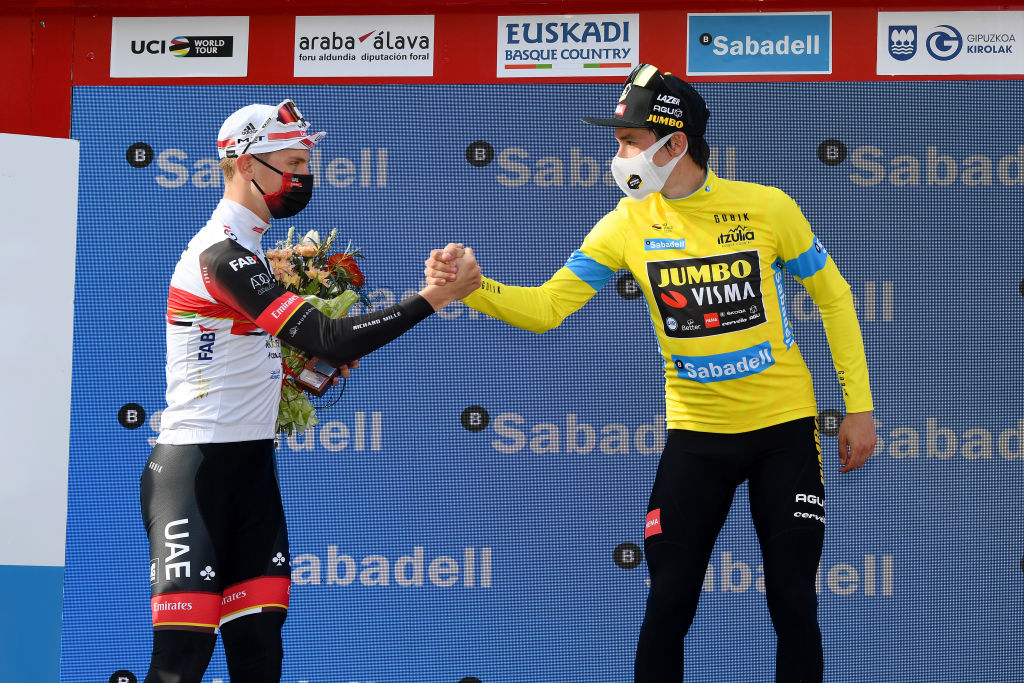
The battle between Primož Roglič and Tadej Pogačar would see viewers tuning in
This is one that is bound to divide opinion as Drive to Survive did to my Formula 1-minded friends. Rivalries are difficult to capture accurately, and accusations of sensationalism are all too easy to make.
Drive to Survive’s later series profited from the well-documented rivalry between drivers Lewis Hamilton and Max Verstappen - which escalated to widely reported ‘brake tests’ on the track. No doubt Box to Box would look to do the same with the likes of general classification contenders and compatriots Primož Roglič and Tadej Pogačar, if the latter’s team had agreed to be filmed.
But cycling’s Drive to Survive still has many options to choose from here, even in the absence of PogRog.
Sprint rivalries often have a certain edge over GC battles. Jakobsen, Van Aert and Jasper Philipsen’s teams have all agreed to be filmed, so there’s potential in teasing out the human angle behind the fight for the green jersey.
Internal team rivalries, if any emerged, would also be hugely entertaining to fans and non-fans alike, similar to that between Ricciardo and Verstappen in the first series of Drive to Survive. Human relationships are something everyone understands.
Explaining the races within the race
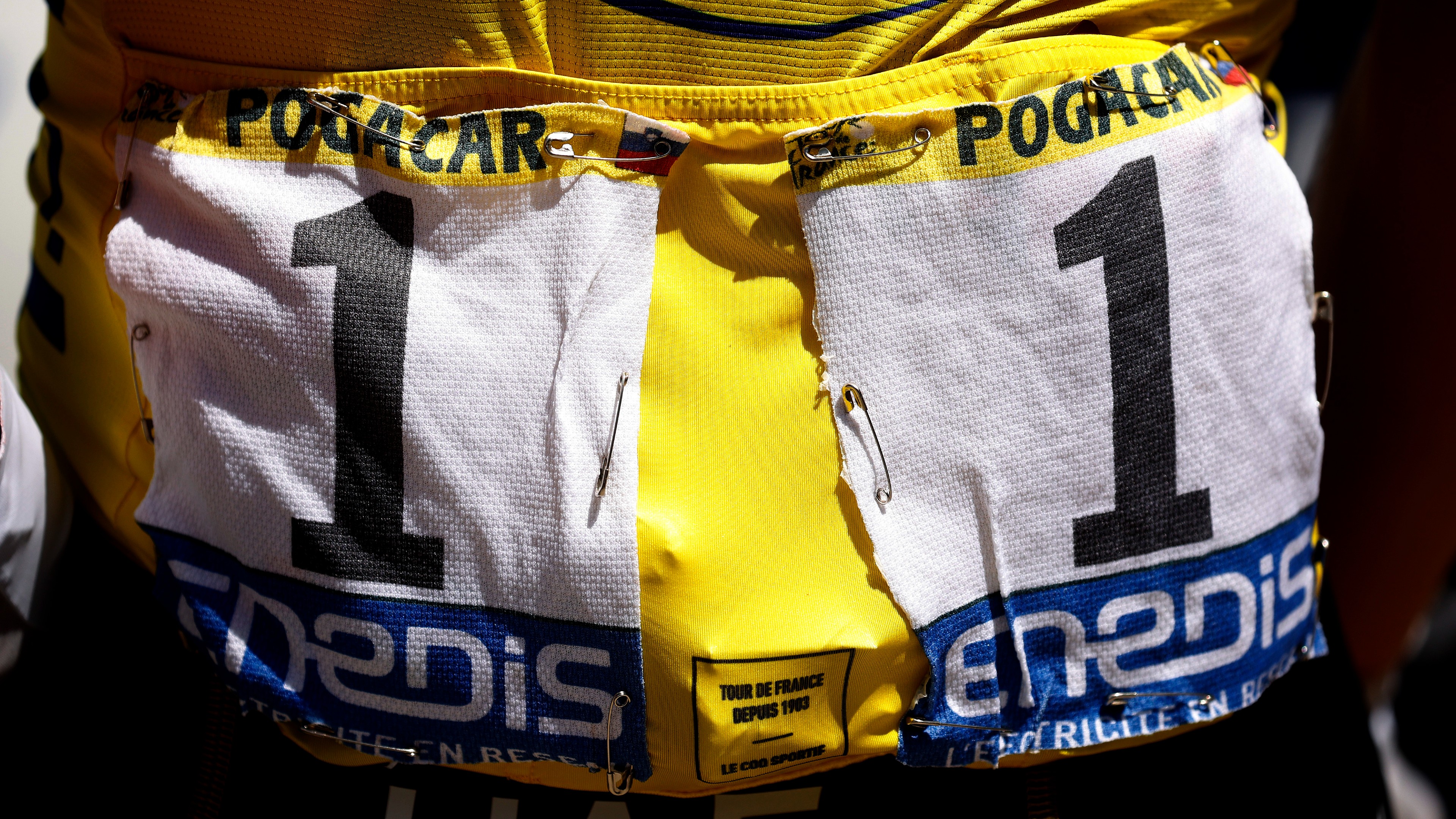
Explain the battles for the yellow, green, white and polka dot jerseys - as well as the stage win
As there are several races going on at any given time in the Tour - the stage itself, the battle for yellow, green, polka dot and white jerseys - making sense of the chaos will be vital. An easy place to start is by explaining the different jersey competitions, before highlighting that each day some riders are trying to win the stage while others the general classification.
But perhaps the most fascinating race in the Tour is not the blistering stage sprints or high-altitude GC battles, but the race against the time cut. Following sprinters through mountain stages as they scrape the time cut or face elimination is a compelling storyline absent from TV cameras.
Reiterating the sacrifice most riders make in terms of their chances of winning is also crucial here. In no other sport does a participant lay down their chances of winning quite so much as in cycling, and the role of the domestique should be explained to an audience unaccustomed to drafting and aerodynamics.
Demistifying the subtleties of cycling

We'd love to play fly-on-the-wall via race radio audio
Drive to Survive would not have been such a success without access to team principal/driver radio. What fascinating insight listening to cycling’s directuer sportifs orders via race radio would be, or simply what the riders are saying to each other on the radio. Race radio would help people understand team strategies and how they change over the stage.
Explaining a few of the UCI’s - sometimes baffling - rules, as well as those specific to the Tour de France, might also help audiences understand the race as they can shape what happens on the road. And you don't have to be a cycling fan to enjoy a good debate about sock height.
Go heavy on the drama
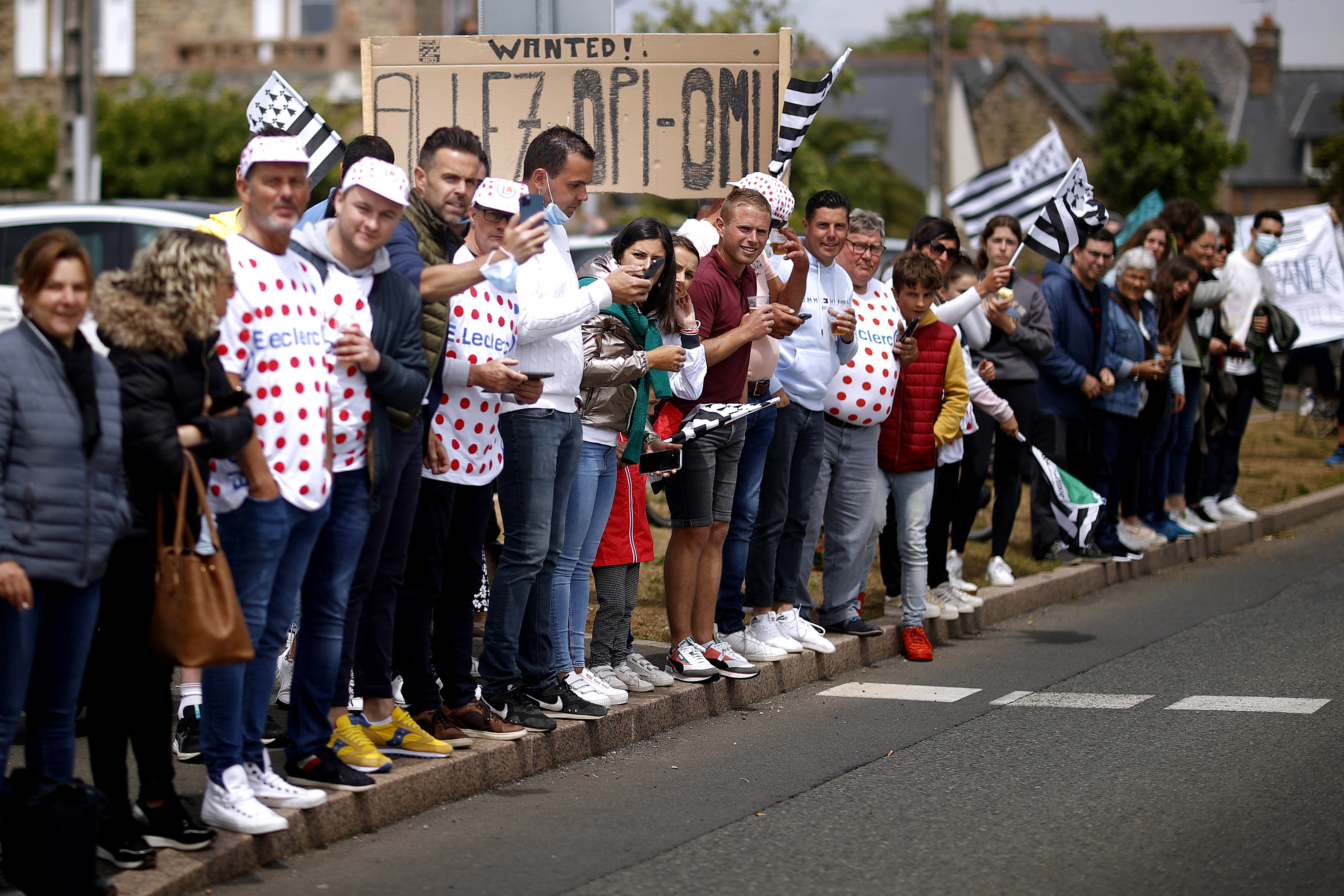
Box to Box can really cash in here. F1 and cycling are similar in this respect, in that they share unbridled moments of sheer drama. Pogačar, like Verstappen did to Hamilton, snatched the 2020 Tour from Roglič at the final opportunity. Drama just follows the Tour.
Think Chris Froome running up Mont Ventoux in 2016, after a late crash made his bike unrideable. The landslide on the Col de Iseran stopping Egan Bernal and Yates in their tracks. Someone throwing nails on the road in stage 16 of the 2012 Tour, and the massive pile-up caused by the woman holding a sign for her grandparents last year.
Cycling fans may not like to see three weeks of racing ripped apart and packaged up for a Netflix audience in the same way many F1 fans disagreed with the way Drive to Survive was made. But we must remember the show isn’t really for cycling fans. It’s for attracting new audiences and expanding the sport for which we should all cheer.
The series is set to air in May 2023, just before next year’s Tour.
Eight teams are currently involved in the project. They are Jumbo-Visma, EF Education EasyPost, Quick-Step AlphaVinyl, Groupama-FDJ, Ineos Grenadiers, Ag2r Citroën, Alpecin-Fenix and Movistar.

Thank you for reading 20 articles this month* Join now for unlimited access
Enjoy your first month for just £1 / $1 / €1
*Read 5 free articles per month without a subscription

Join now for unlimited access
Try first month for just £1 / $1 / €1
-
 'This is the marriage venue, no?': how one rider ran the whole gamut of hallucinations in a single race
'This is the marriage venue, no?': how one rider ran the whole gamut of hallucinations in a single raceKabir Rachure's first RAAM was a crazy experience in more ways than one, he tells Cycling Weekly's Going Long podcast
By James Shrubsall
-
 Full Tour of Britain Women route announced, taking place from North Yorkshire to Glasgow
Full Tour of Britain Women route announced, taking place from North Yorkshire to GlasgowBritish Cycling's Women's WorldTour four-stage race will take place in northern England and Scotland
By Tom Thewlis